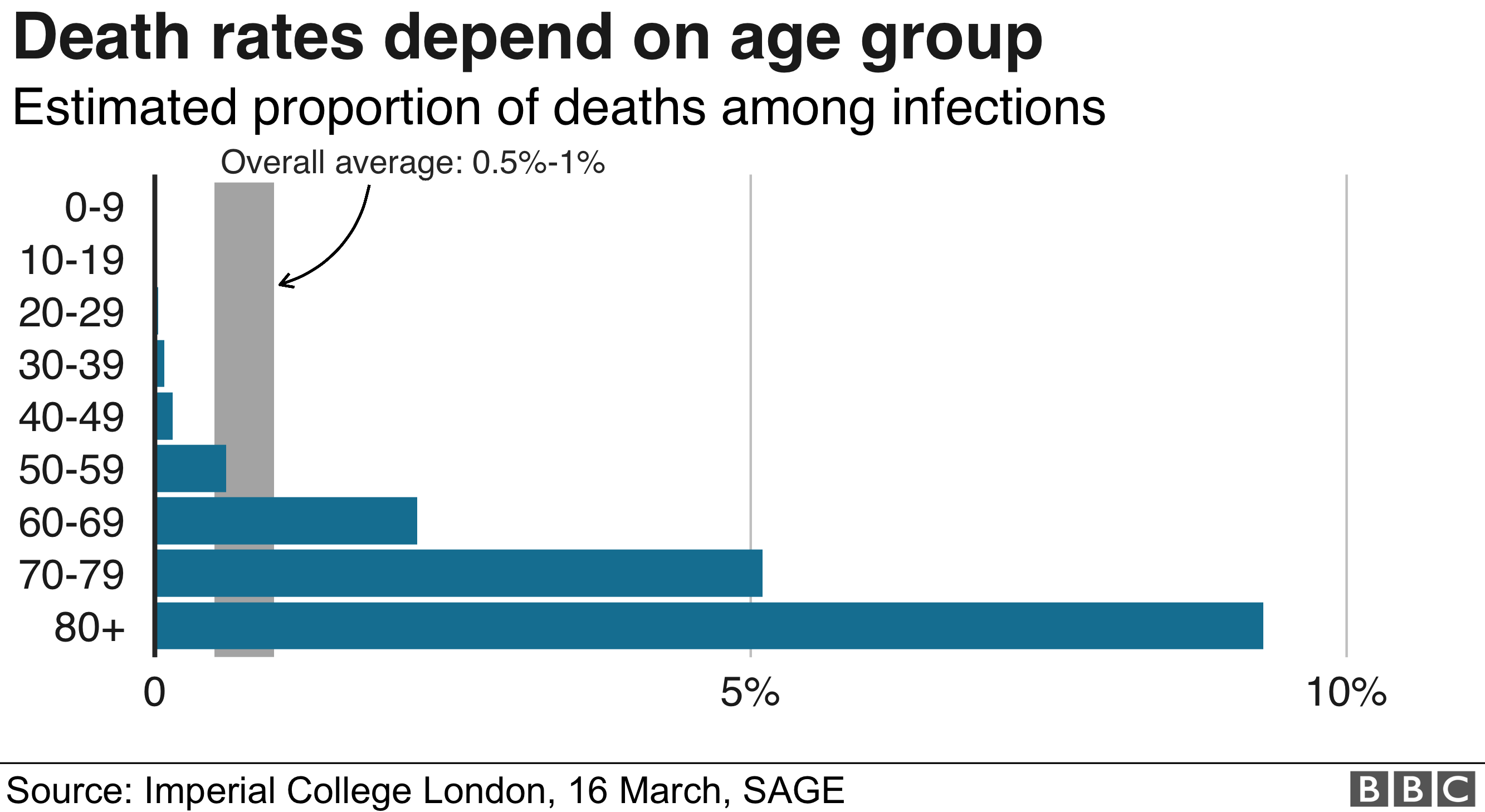Mortality rates serve as a crucial indicator of a population’s health, revealing disparities that highlight ongoing issues in healthcare equity. Recent studies have shown concerning trends in infant mortality rates, particularly the alarming gap between Black and white infants. While life expectancy has generally increased for both racial groups, the infant mortality rates for Black children remain significantly worse, with Black infants dying at double the rate of their white counterparts. This discrepancy underscores not only healthcare inequality but also the persistent racial healthcare gaps that plague our system. Understanding these mortality rates is vital for addressing the systemic inequalities that contribute to these disparities and fostering a healthier future for all.
When discussing mortality statistics, we often focus on metrics like survival rates and health outcomes that reflect the well-being of various demographics. The issue of healthcare gaps, particularly in the context of racial disparities, highlights a broader conversation around healthcare accessibility and quality. Despite advancements in medical technology and practices over the decades, the persistence of inequitable infant mortality rates indicates deep-rooted inequalities within our healthcare framework. The increase in infant mortality among Black populations, compared to their white counterparts, calls for a reevaluation of healthcare policies aimed at closing these critical gaps. This complex situation demands a multifaceted approach to fully understand and rectify the underlying factors contributing to these disparities.
Understanding Infant Mortality Rates in America
Infant mortality rates in the U.S. have become a crucial indicator of the overall health of the nation while also reflecting deeper societal issues. Over the past 70 years, although overall mortality rates for both Black and white Americans have declined, the disparity among infants has not only persisted but has actually widened. According to recent research, Black infants are now dying at a rate more than double that of white infants. This alarming trend highlights the urgent need for targeted interventions and policy changes aimed at addressing the systemic healthcare inequalities that contribute to such devastating outcomes.
The widening gap in infant mortality rates underscores significant healthcare disparities that affect marginalized communities disproportionately. Factors such as access to prenatal care, quality of medical services, and the socio-economic status of families can all influence neonatal health outcomes. Medical conditions during pregnancy have been identified as a leading cause of excess deaths among Black infants. This situation requires concerted efforts from public health officials and policymakers to address the factors perpetuating these gaps, ultimately improving health for all children, regardless of race.
Frequently Asked Questions
What are the current infant mortality rates among Black and white Americans?
Current data reveals that Black infants die at twice the rate of white infants. This disparity in infant mortality rates, which has worsened over the decades, highlights ongoing healthcare inequalities in the U.S. Assessing these mortality rates is crucial for understanding the broader context of healthcare access and quality.
How have mortality rates changed over the past 70 years for Black and white Americans?
Over the past 70 years, overall mortality rates for Black and white Americans have improved, with life expectancy increasing significantly for both. However, despite improvements for adults, the gap in mortality rates for infants has widened, particularly affecting Black infants, who experience a substantially higher mortality rate compared to their white counterparts.
What factors contribute to healthcare inequalities affecting mortality rates?
Healthcare inequalities impacting mortality rates stem from various factors, including unequal access to healthcare services, differences in the quality of care received, socio-economic conditions, and systemic issues within the healthcare system. Addressing these multidimensional disparities is essential for improving overall mortality rates.
Why is the disparity in infant mortality rates between Black and white infants significant?
The increasing disparity in infant mortality rates is significant because it reflects deeper systemic issues in healthcare access and quality. With Black infants dying at rates 115% higher than white infants, this trend raises alarm over healthcare equity and requires urgent action from public health officials and policymakers.
What does the widening gap in mortality rates indicate about public health policies?
The widening gap in mortality rates, especially among infants, indicates a need for more focused public health policies that prioritize closing racial healthcare gaps. This trend suggests that current efforts may not adequately address the underlying issues contributing to these disparities, underscoring the importance of reevaluating and enhancing existing strategies.
How do infant mortality rates reflect broader health disparities in life expectancy?
Infant mortality rates serve as a critical indicator of broader health disparities affecting life expectancy. While life expectancy has increased for both Black and white Americans over the decades, the significant gap in infant mortality rates underscores ongoing challenges and systemic inequalities within the healthcare system that disproportionately affect Black infants.
What changes are necessary to improve mortality rates among Black infants?
To improve mortality rates among Black infants, comprehensive approaches are needed, including increasing access to quality prenatal care, addressing social determinants of health, and implementing targeted public health interventions aimed at reducing healthcare inequalities that contribute to these disparities.
| Key Points |
|---|
| Mortality rates have narrowed overall between Black and white Americans since the 1950s, yet Black infants experience a worsening disparity. |
| Life expectancy increased for both Black (60.5 to 76 years) and white Americans (69 to 79.3 years) between the 1950s and 2010s. |
| Black adults still have an 18% higher mortality rate compared to white adults. |
| Mortality rates for Black infants are now 115% higher than for white infants, a significant increase from 92% in the 1950s. |
| Medical conditions during pregnancy are a leading cause of excess mortality among Black infants. |
| The study highlights the need for public policymakers to address healthcare inequalities and work towards equalizing health outcomes between races. |
| The research collected data over a 70-year period, providing a clearer picture of racial disparities in mortality rates. |
| An estimated 5 million Black American deaths could have been prevented if access to resources were equal to their white counterparts. |
Summary
Mortality rates reveal significant disparities in health outcomes between racial groups, with recent studies highlighting both improvements and concerning trends. While overall mortality rates for Black and white Americans have narrowed, the gap for infants has widened alarmingly, indicating urgent public health challenges that require immediate attention. Research shows that if healthcare resources were equitably distributed, millions of potential deaths among Black Americans could have been prevented. It is imperative that policymakers prioritize bridging these gaps to ensure equal health outcomes for all.



